Cleft lip and palate is relatively common but do you know what it actually means?
29 May 2019
| Last updated on 30 May 2019
All Credits: PA
Affecting around one in every 700 babies, cleft lip and palate is the most common facial birth defect in the UK.
Despite this, many of us remain in the dark about what a ‘cleft’ actually is, and the potential health complications that could develop if a child doesn’t have access to the right treatment.
Here, we take a closer look…
SEE ALSO: What Parents Need to Know About Kid's Tummy Aches and It's Causes
What exactly is a ‘cleft’?
A cleft lip usually occurs when the structures that form the upper lip or palate fail to join together during foetal development in the womb. Clefts can involve either or both the lip and the roof of the mouth, and some babies may be affected by two separate clefts.
Clefts are a pretty common birth difference. Susannah Schaefer, CEO of the international cleft charity Smile Train (smiletrain.org) says globally, there are over 200,000 new babies estimated to be born with clefts every year.
“The vast majority of these children are from developing countries and many of them will never receive the reconstructive surgery and comprehensive cleft care they need to live full and productive lives,” she says.
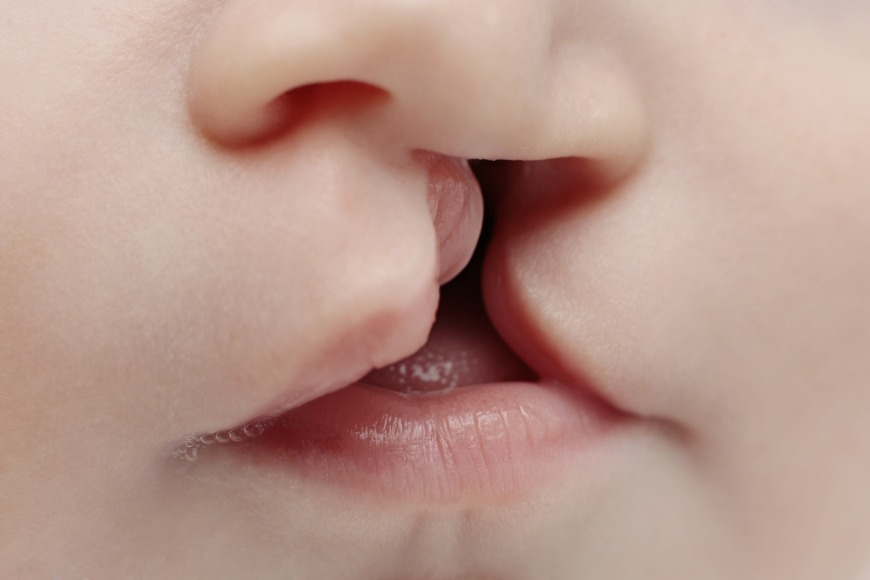
What causes a cleft lip or palate?
There’s no conclusive medical reason as to why some children are affected by the condition, and often it’s a mystery that happens out of the blue. But Schaefer says most experts agree that the causes of cleft are multi-factorial.
Risk factors may include genes/family history, drug or alcohol abuse during pregnancy, smoking during pregnancy, maternal illness or infections, or lack of nutrition during pregnancy.
However, while these things may sometimes play a role, Schaefer says that in many cases, the causes of cleft lip and palate remain largely unknown, and research is ongoing to better understand the condition.
How can a cleft lip and palate be treated?
Cleft lips are usually detected during the mid-pregnancy anomaly scan, carried out when women are between 18-21 weeks pregnant. Not all cases will be obvious on this scan though and the NHS say that it’s very difficult to identify a cleft palate during an ultrasound scan.
Schaefer says that cleft lips should generally be repaired around three to six months after birth, while cleft palates are typically operated on between age nine and 18 months. Surgeries at later ages can also be successful though.
Children with cleft lips usually undergo a series of surgeries during their childhood – the amount required may depend on the severity of the cleft.
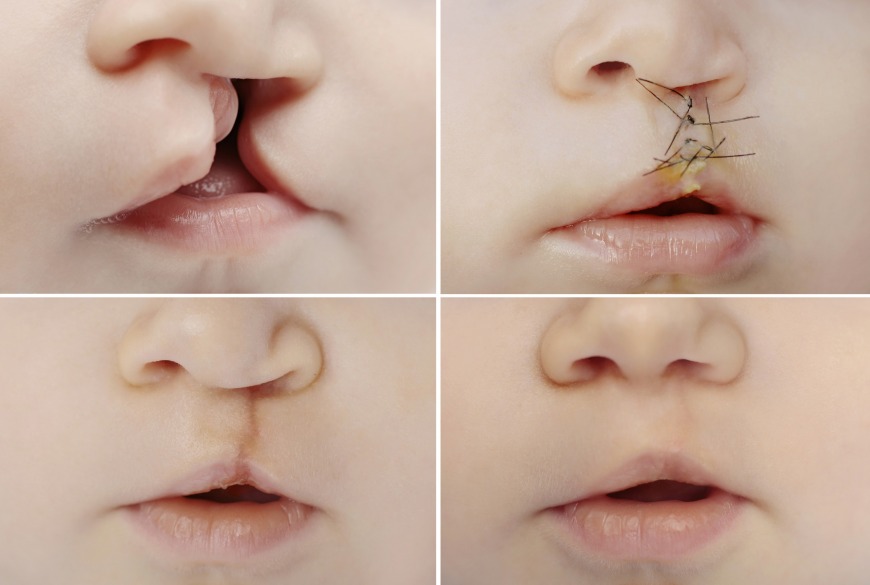




.png?itok=HBSyMDok)









































































.png)
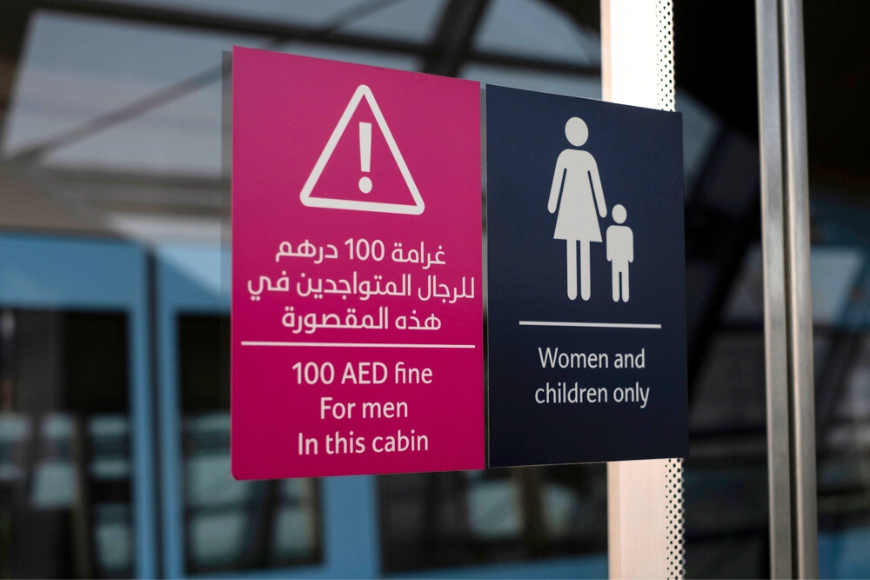
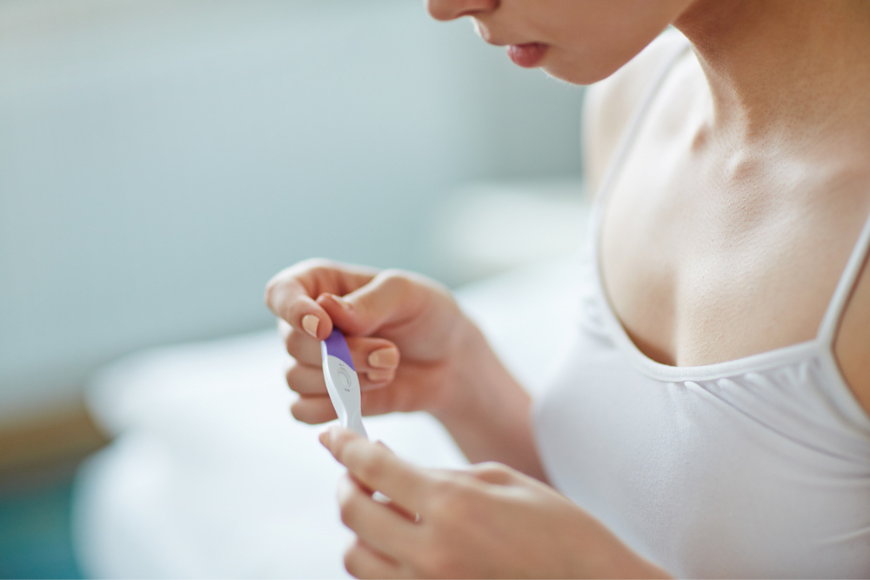
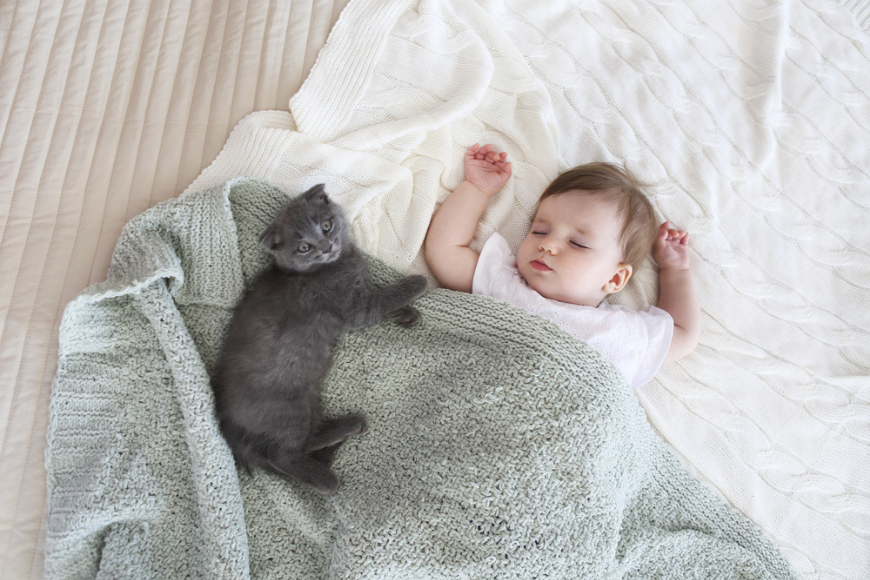
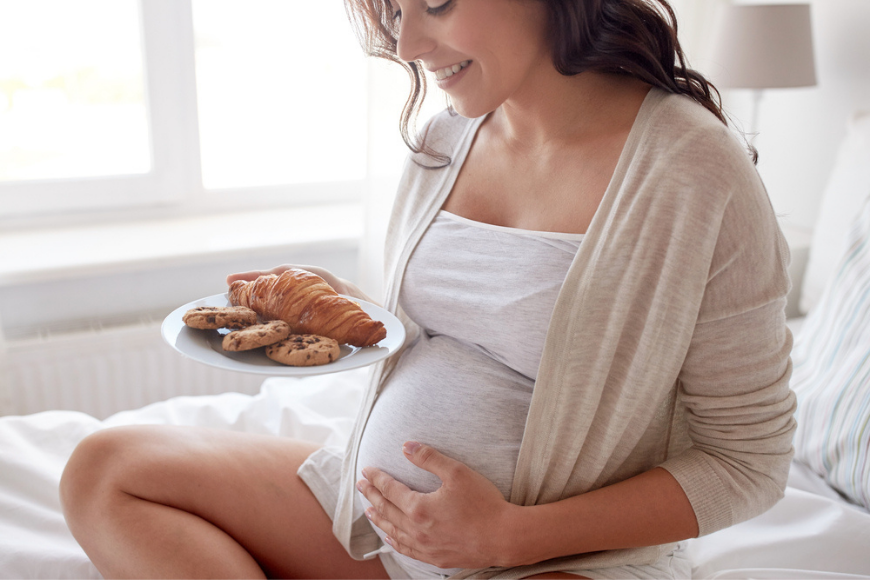






















.png?itok=0fOAXkOm)

























.png?itok=EH_x0Pha)
